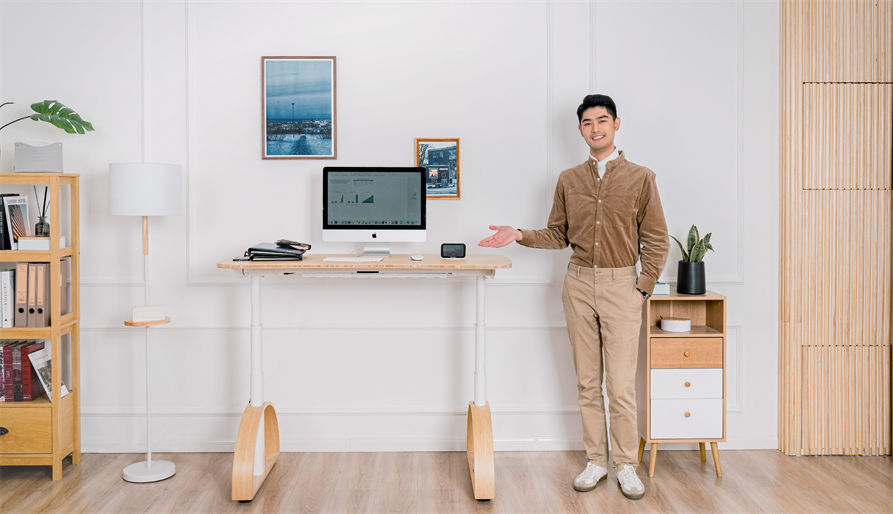desk

3 Key Points for Going Back to Office

The pandemic absolutely brings various challenges to the people throughout the world. Despite the differences on gender, occupations and nationalities, we all face the same problem: how to go back to work.
For most companies, employers must consider about the solution to this, including how to manage employees to work and how to organize the relationship between employees’ work and well-being.
However, from employees’ point of view, they prefer to work at home or maybe just go back to office twice a week. Therefore, if employers insist to go back to the office, some employees may consider about changing jobs to another remote work company.
Under this circumstance, enterprises should take three issues into consideration and regard them as crucial strategies. During the hard time, companies need to build up employees’ trust and therefore to better prepare for the following challenge.
Following are the three key points that might be helpful to you.

1. Collect employee’s desire
Here i would like to separate the desire to two things, work preferences and other advise.
As for work preferences part, it is apparent that you need a manager or a director to know more about employees’ needs.
So why not take a vote to know about their desires? Whether they want to work from home or from office, what are their difficult points.
Try to stand on the side of your employees and help them to solve the problems they face with.
2.Develop a Flexible Return-to-Work Plan
As your return-to-work planning team prepares the return-to-work plan, know that no one plan fits all organizations. Similarly, there is no single return to work plan that fits all employees. Just like the needs of every organization are different, so are the needs of employees working in different departments and different roles.
Hence, as you consider the return to work strategy, don't forget to work on a flexible plan that can adapt well to changing guidelines, recommendations, and orders. Similarly, your return to work planning team should also be able to cater to individual employees' needs while considering the workplace's location and the number of employees along with COVID-19 safety measures, which include social distancing and maintaining a clean workplace.

3.Invest in Employee’s Physical and Mental Health
As businesses prepare the workspace for returning employees, one of the most critical measures they need to take is investing in employees' physical and mental health. Having a return to the work planning team,
If you think of a single thing that almost all remote workers have realized during the pandemic is taking care of their physical and mental health. An increasing number of remote workers invested in ergonomic office products for their home office after realizing how prolonged sitting can affect their posture and lead to other health conditions.
The use of ergonomic office products such as adjustable standing desks, ergonomic chairs, and desk bikes helps improve your posture, which reduces symptoms such as pain and tightness in the muscles and improves mental health. Moreover, since ergonomic products make working more comfortable for the employees, it boosts productivity, and the quality of work that employees deliver, which leads to improved job satisfaction, and the results reflect in business financials.
So make the most of this interesting opportunity and invest in your employees' physical and mental health while saving costs.